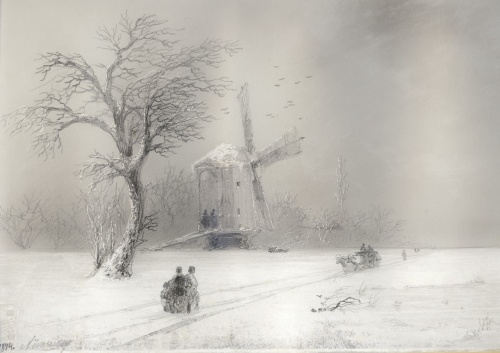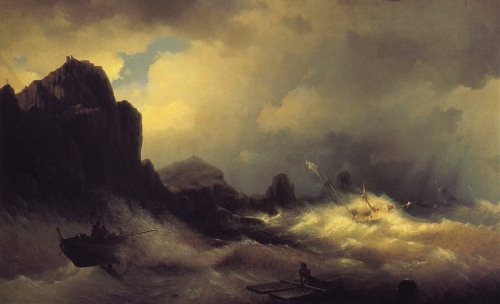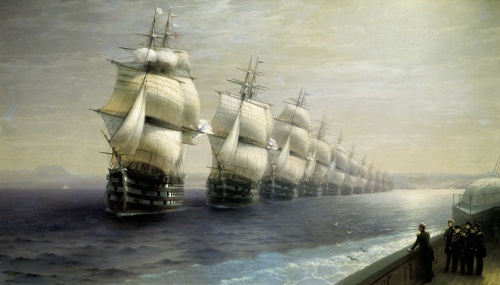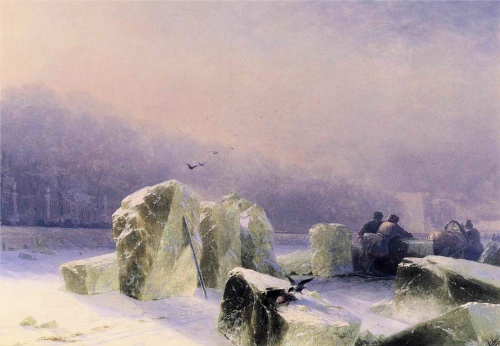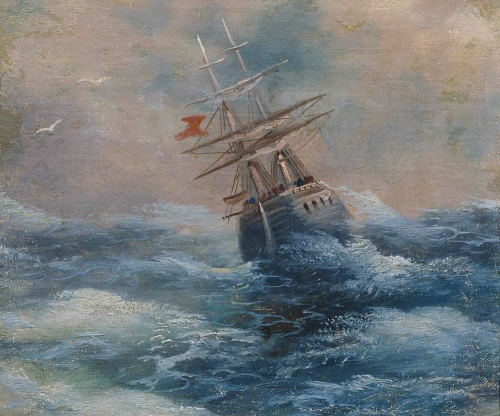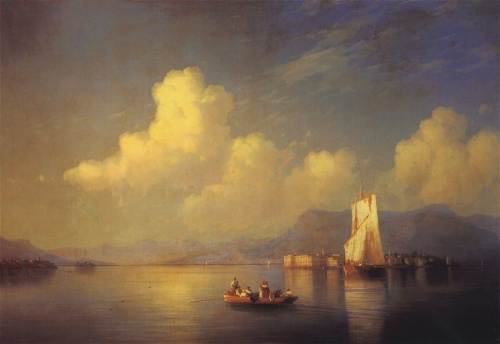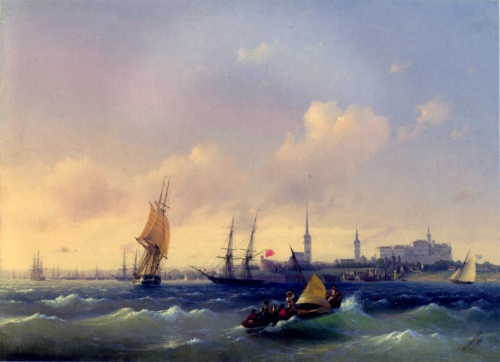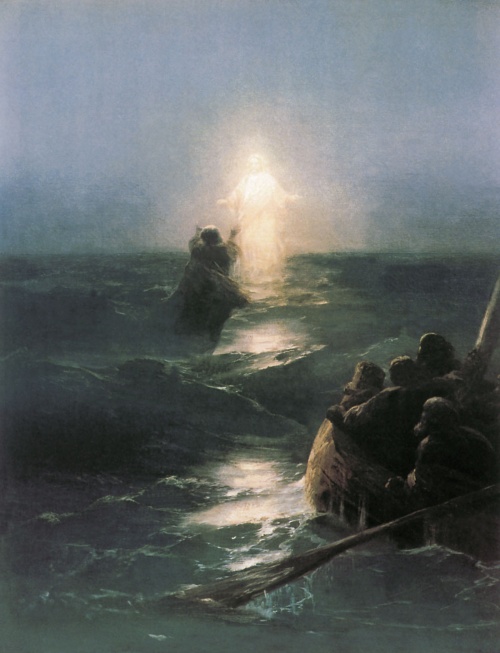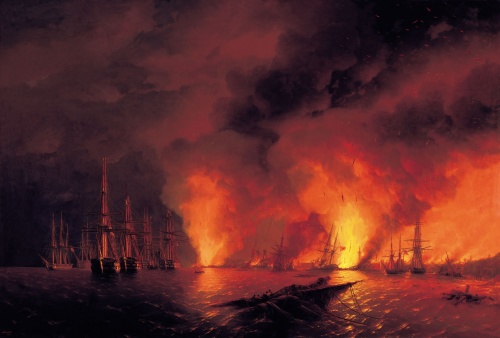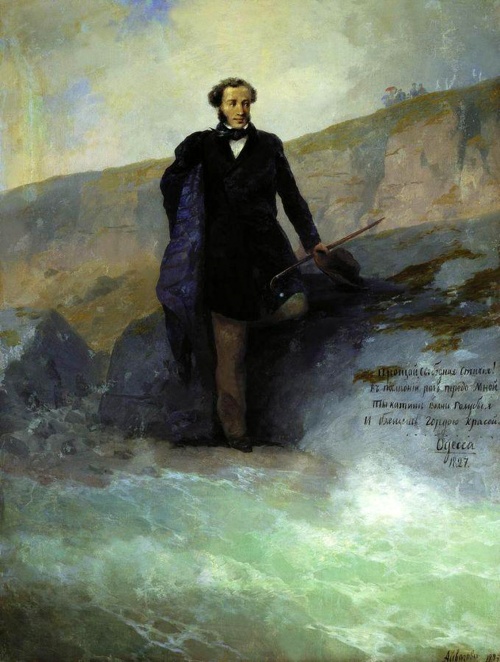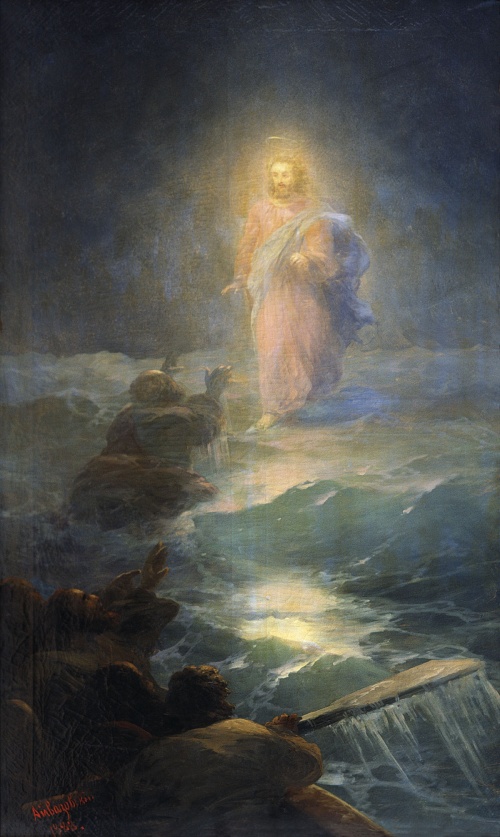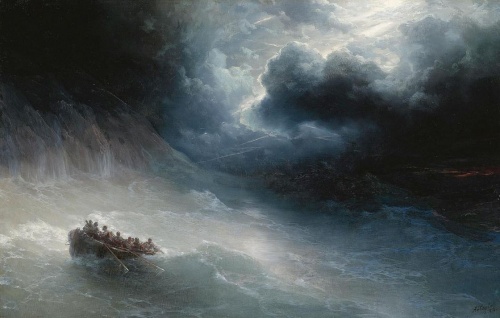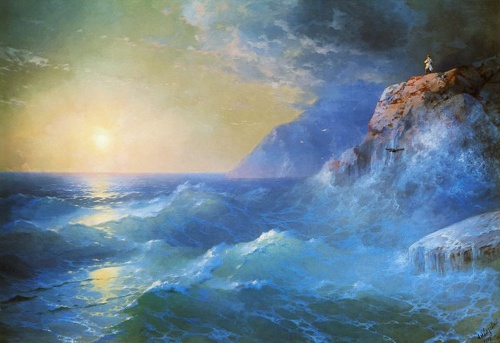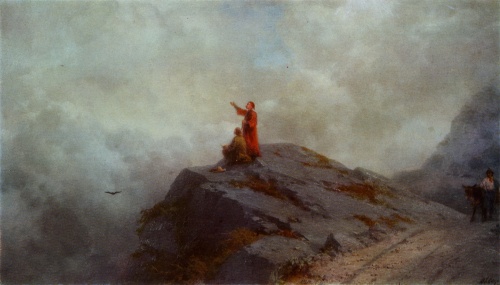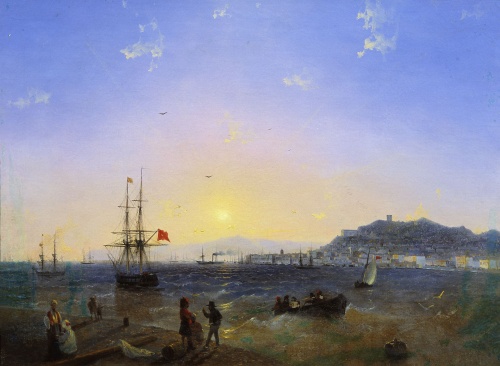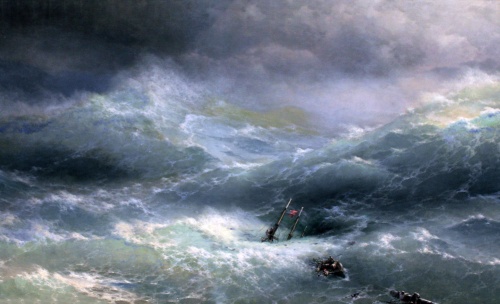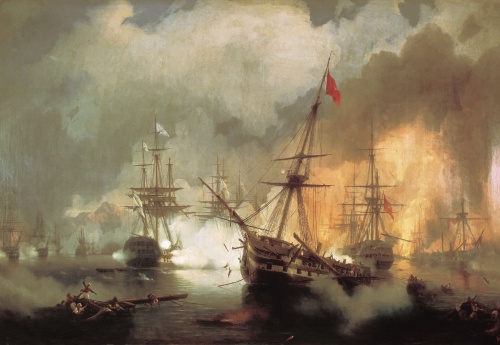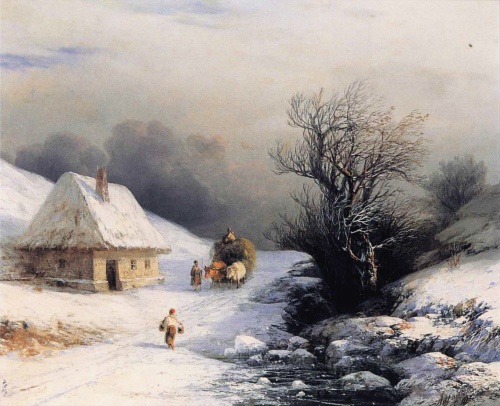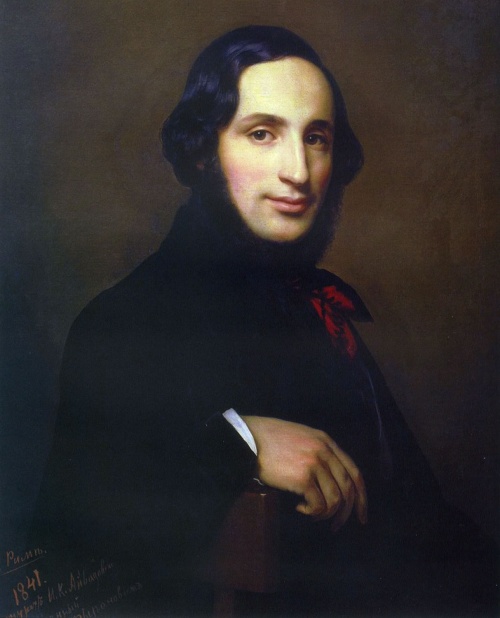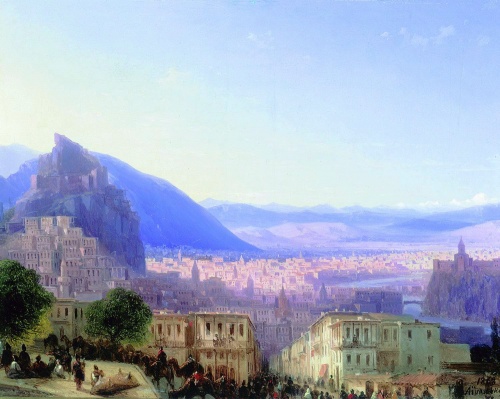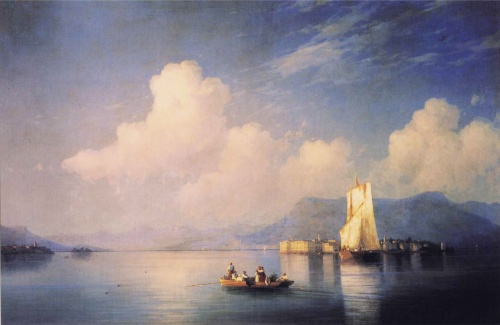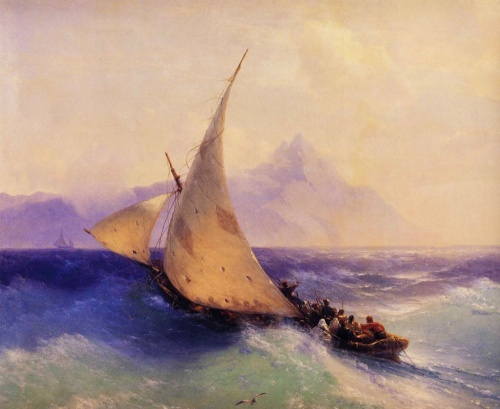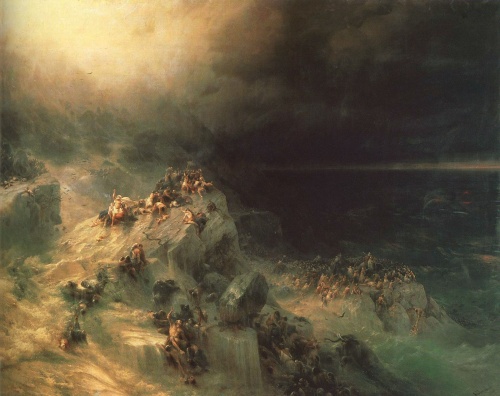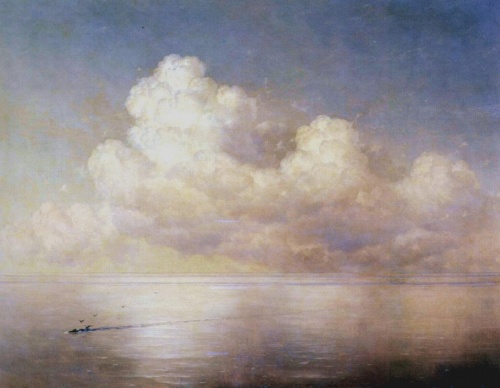Masters of painting: Aivazovsky Ivan Konstantinovich (Ivan Aivazovsky), 1817–1900. (74 works)
Разрешение картинок от 800x987px до 5815x3840px
Aivazovsky Ivan Konstantinovich (Ivan Aivazovsky), 1817–1900, Russian artist. Born in Feodosia on July 17 (29), 1817 in the family of an Armenian businessman. He studied at the St. Petersburg Academy of Arts under M.N. Vorobyov (1833–1839). He worked in Crimea, Italy, and also visited France, England and a number of other countries. He loved to travel, but from 1845 he worked mainly in his hometown. Experienced the special influence of the French Marina of classicism.
By getting rid of too sharp contrasts of classicist composition, Aivazovsky eventually achieves genuine pictorial freedom. Bravno - the catastrophic “The Ninth Wave” (1850, Russian Museum, St. Petersburg), where the impression of a “boundless” sea space is achieved, can serve as the result of his early period. In his most textbook and rightfully especially popular paintings (such as “The Black Sea”, 1881, etc.), Aivazovsky, like no one else, was able to show the living, permeated with light, ever-moving water element.
A painter of the Main Naval Staff (since 1844), Aivazovsky took part in a number of military campaigns (including the Crimean War of 1853–1856), creating many pathetic battle paintings (Chesme Battle, 1848, Feodosia Art Gallery). Although he painted many “purely earthly” landscapes, among which Ukrainian and Caucasian views stand out, it is the sea that usually appears in him as the universal basis of nature and history, especially in scenes with the creation of the world and the flood; however, images of religious, biblical or evangelical iconography, as well as ancient mythology, cannot be counted among his greatest successes.
Aivazovsky dedicated a number of paintings to ancient and modern Armenian history (J. G. Byron’s visit to the Mekhitarist monastery near Venice, 1880, Art Gallery of Armenia, Yerevan). Aivazovsky accumulated a large fortune and is also known as a generous philanthropist: in Feodosia, with his funds, the buildings of the archaeological museum were built, urban development work was carried out, and the construction of a port and railway was carried out.
A number of major landscape painters came out of his Feodosia workshop (L. F. Lagorio, A. I. Kuindzhi,
K.F. Bogaevsky). Aivazovsky died in Feodosia on April 19 (May 2), 1900.


